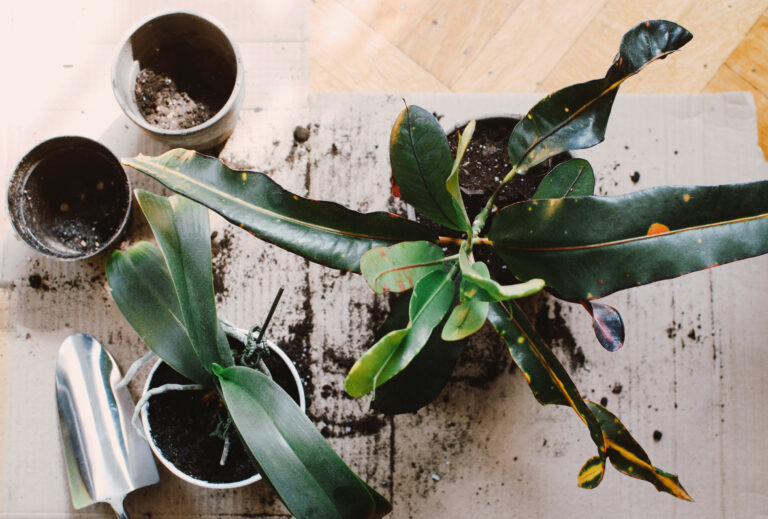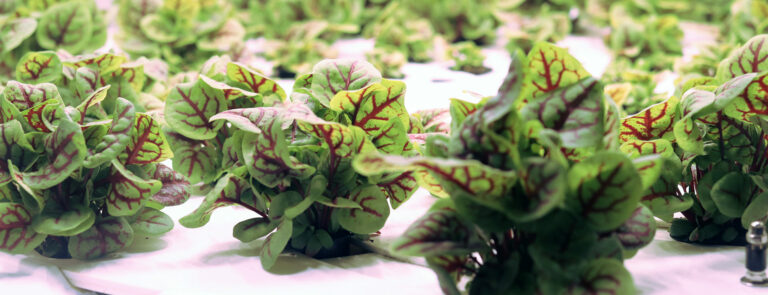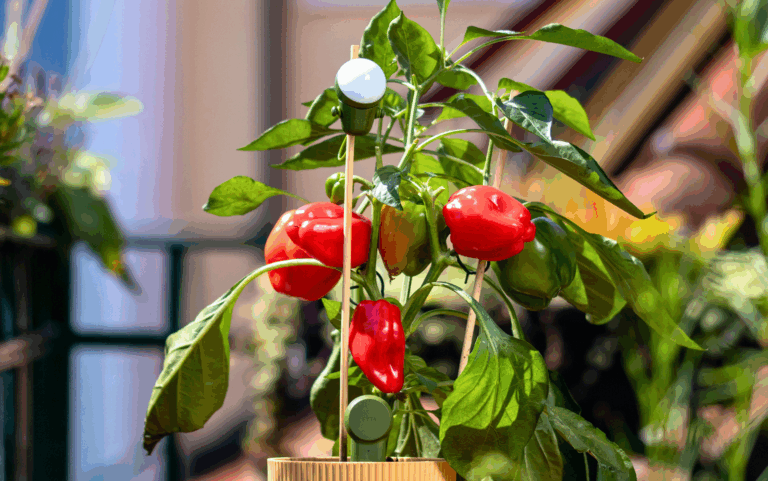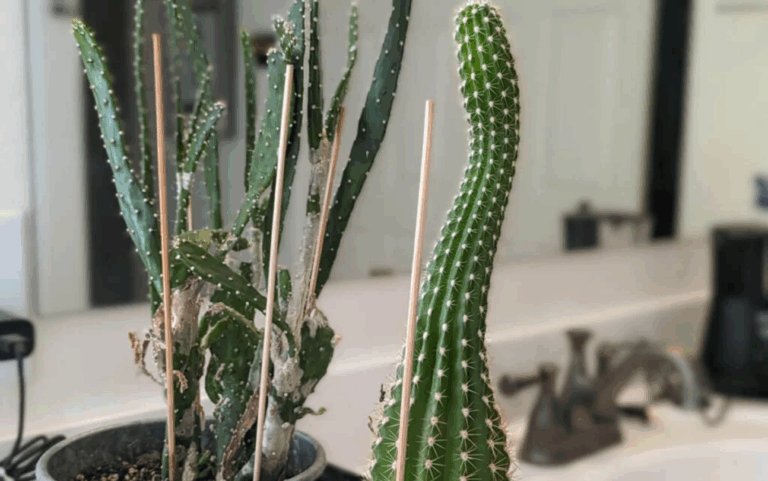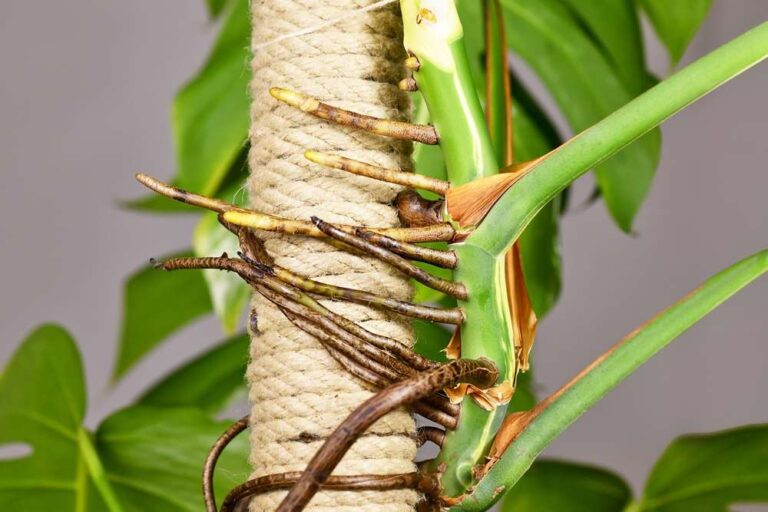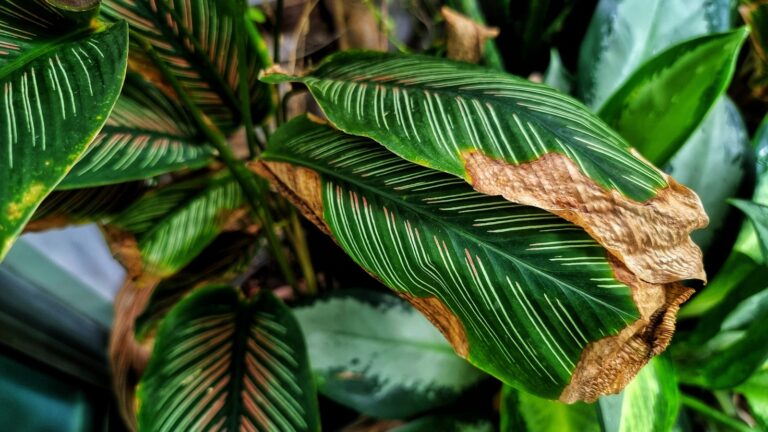HOT OR COLD: HOW TEMPERATURE AFFECTS YOUR PLANTS

As most of us know, the earth is a sphere. And as physics would have it, the different regions of our planet are not always at the same distance from the sun. This is one of the reasons why we usually spend our summer vacations in the south and not in the Arctic. On Earth, we find habitats where temperatures are consistent – cool or hot –, and those where temperatures vary greatly depending on the season and time of day. We divide these areas into individual climate zones: There is the subpolar and polar zone (Arctic and Antarctic), the temperate zone (that would be us here in Europe, autumn, and so on), the subtropics (such as Gran Canaria, but also the desert, with substantial fluctuations between day and night) and the tropics (for example, the rainforest with a constant temperature).
The subtropics, the tropics and the temperate zone: temperature varies greatly and so do plants.
Whether your houseplants come from the tropical rainforest, the savannah, or the desert, they all have at least one thing in common: the temperature they need to live seems to match our home. It is precisely those plants that have established themselves as houseplants that can also feel at home in our living spaces. Temperature interacts with other environmental factors, especially light, water, and relative humidity.
HOW DOES TEMPERATURE AFFECT MY PLANT?
First, the temperature is essential because plants can die quickly at extreme levels. Going on a ski vacation over the winter and accidentally leaving the windows open? Say bye to your favorite fern. But seriously, air temperature affects all of your plant’s physiological processes. The reason: plants are ectothermic organisms. That means they have to use most of the heat energy they need directly from the environment. The temperature determines how quickly the processes can take place. High temperatures, for example, allow the processes to progress faster, while low temperatures inhibit them. Ergo: plants develop faster when it is warmer.
The optimal temperature varies depending on the species. If it exceeds the individual tolerance level, severe damage can occur, leading to the death of parts of the plant or even the whole plant. We don’t want that! For example, tropical plants have no way to deal with low temperatures and therefore are very sensitive to cold stress – looking at you, favorite fern! Not to be neglected are also the temperatures in the root area. Only at species-friendly temperatures are water and nutrient uptake possible in the first place.
But even if plants are naturally bound to one place, they have developed the ability to cope with inevitable temperature fluctuations. Like humans, they regulate their temperature up to a certain point. For example, through increased transpiration, i.e., the evaporation of water – just like when we sweat in summer. During transpiration, the plants open the stomata on their leaves wider than usual and thus release more water into the environment. In this way, they cool themselves. The temperature of the leaves can therefore be as much as three to ten degrees Celsius below the air temperature. How much water they can evaporate depends on the species, environmental factors such as light, CO₂ levels in the atmosphere, and relative humidity.
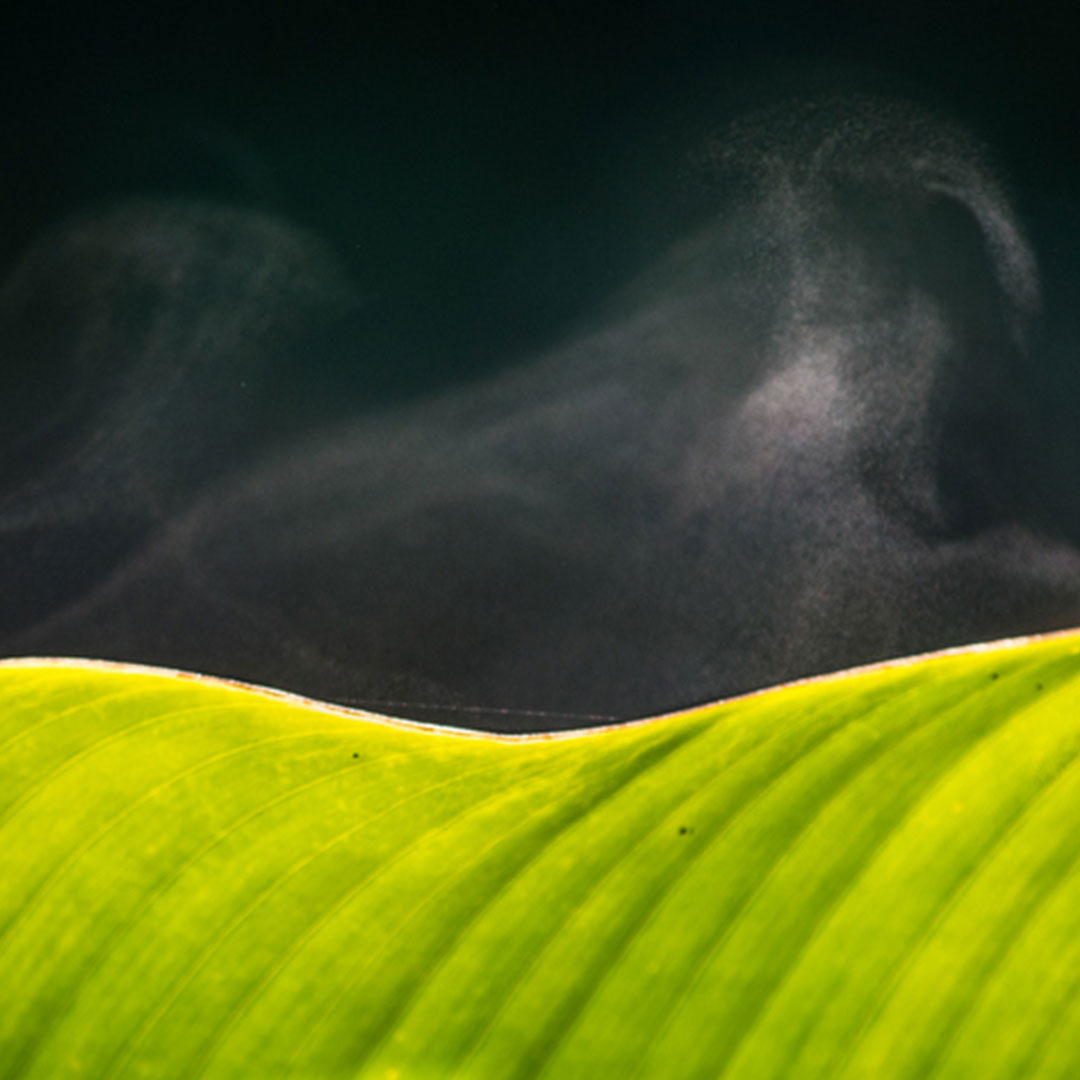
So, you see, it’s only logical that high temperatures lead to increased water loss, while low ones reduce water consumption.
Btw, temperatures also introduce fascinating spectacles. For example, in the tropics, most orchids and coffee plants bloom simultaneously. This is due to a brief cold stimulus called vernalization after a thunderstorm cools the air. This causes the further development of flower buds to synchronize. And before we forget: The most important developmental processes triggered by temperature changes are the end of seed dormancy and bud dormancy.
Orchids and Coffeplants need a short cold shock in order to blossom.
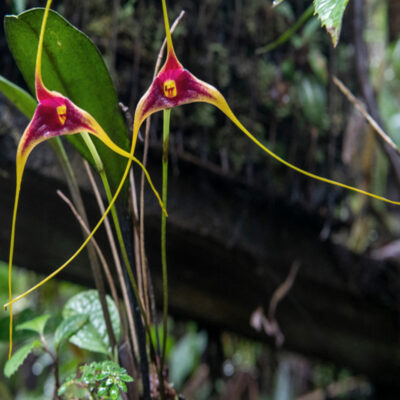
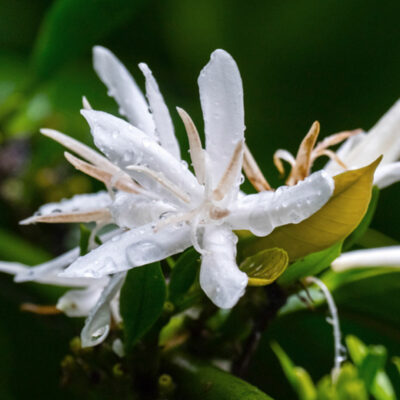
HOW DOES THE TEMPERATURE REQUIREMENT BEHAVE DEPENDING ON THE SPECIES AND SEASON?
Tropical Plants
The tropics are pretty pleasant, with temperatures usually about 25 degrees Celsius, rarely falling below 18 degrees Celsius. In addition, there is a so-called diurnal climate. This means that the plants can count on a pleasant temperature. If temperatures do get too high, plants have a clever move: they cool themselves by letting the water evaporate through the stomata in their leaves.
Cacti and Succulents
Celsius in the hottest months. They rarely drop below ten degrees Celsius during the remaining months to keep the universe in balance. Since deserts cool down considerably at night, cacti and some succulents must be able to cope with substantial temperature fluctuations. Real survival artists, in other words!
Speaking of survival: Cacti protect themselves from drying out with the help of a wax seal. They manage to do this by no longer using the stored water from around 25 degrees Celsius. But absorption also stops from this point on. Another stroke of genius is their hair: they protect themselves from strong sunlight and can thus regulate its temperature. Spherical and columnar cacti form longitudinal ribs whose sides exhibit significant temperature differences due to their different sun exposure, thus keeping cooling air currents going.
Wachs seal, hair and ribs – no survival fashion is left out, when threatened by heat.
Most cacti and succulents have developed a particular type of photosynthesis called CAM photosynthesis. It allows the resistant plants to avoid painful water loss during intense sunlight and high temperatures. The trick: For CO₂ uptake, they open their stomata only at night!

The temperature requirement depending on the season
Our green friends have another card up their sleeve: They have developed a biological clock controlled by various environmental factors. This is influenced by light and dark periods, light intensity, temperature, and water availability.
Overall, we distinguish three stages: The growth phase, the flowering phase, and the dormant phase. The transition between the individual steps is triggered by different factors depending on the plant species. For example, temperature, day and night length, water quantity, and genetic predispositions play a significant role. Whether in the growth phase or the dormant phase, its needs also differ.
Growth phase
To grow large and robust, the plant forms a leaf mass that it uses to gain energy through photosynthesis. Lower temperatures during the night even act as a booster, speeding it up. Depending on the origin, differences of two to six degrees Celsius are just right. The usual start of the growth phase is between spring and fall.
And that’s how you know your plant is in a growing phase:
-
The plant forms more new shoots and leaves
-
The need for water increases
-
And the almost most apparent sign: it is growing
New leafs, shoots and babies are signs for the growth phase.
Flowering Phase
Your plant has needs as well! Its most ardent desire right after growth is to reproduce. In this generative phase, it uses its energy to develop flowers, rhizomes, and seeds. As a rule, it usually follows the vegetative phase, the growth phase. Depending on the plant species, these phases can occur at different times, but usually between spring and fall.
This is how you can tell that your plant is in the flowering phase:
-
The plant forms few new leaves or shoots or develops them very slowly
-
Who would have thought: it forms flower buds and blooms
Succulents, bromelias, cacti and palm trees… every plant can blossom. Some of them are inconspicuous, others just seam to say: „Don’t show off. Impress!“
Dormant phase
The fact that we humans are not so different from our houseplants in some ways becomes apparent once again when the winter months come knocking. Wrapped up in a cozy blanket and cocoa in hand, we can watch our plants go into dormancy. Lower light intensity and fewer hours of sunlight are responsible for this. For some, however, lower temperatures are enough for them to enter dormancy.
How you can tell that your plant is in the dormant phase
-
The plant does not form new leaves or shoots or develop them very slowly
- It has a lower water requirement
-
Old leaves can wither sporadically
Special feature cacti
For many cacti, a hot weather period is followed by a cool, dry period. It is triggered by snuff nose temperatures between five to twelve degrees Celsius. Now they go into dormancy and put on flower buds for spring. Apparently, they are good at future planning!


















